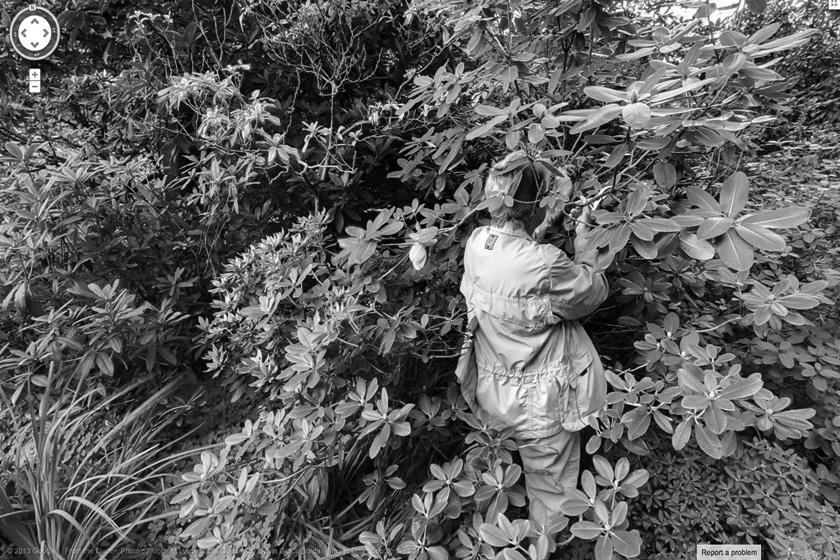By Simon Grant (Contributor) – Email
Print Edition: October 1, 2014

“Farming and art do not run in tandem [and] we tend to have an absence of knowledge of how we get our food,” said artist Sylvia Borda in her UFV greenSPEAK lecture on September 25.
Borda envisioned something unique: the amalgamation of art and agriculture.
“As an artist I realized the past of art had a pastoral view,” Borda said. “As a result, [farming in art] became static. It became suicide to touch.”
To reiterate the latter, Borda presented van Gogh’s painting “Arles: View from the Wheatfields,” depicting a large wheat field and far in the distance an industrialized town. This was outrageously “insulting to the art community.”
Despite the sensitivity surrounding the subject in art, farming had a significant impact on Canada. Lower Canada’s Banque du Peuple minted coins depicting farm produce, and engraved each coin with the words “Agriculture and Commerce.” The Canadian Massey-Harris Company produced art-laden farming catalogues in the 1870s, distributed as far as Russia and France. Canadian farming even funded art. Lauren Harris, both a benefactor of Massey-Harris and a member of Canada’s Group of Seven, used inherited money to fund the Group’s projects.
When Borda began creating her exhibition This One’s for the Farmer, she did not want to be political. She wished to give the public access to private industry abstract and show how farming sustains the food chain and farmers. She negotiated a two-year period to use Google, because “with Google you get a sense of space and time.” Using Google spawned a new medium for Borda: “dimensional photography.” This differs from traditional photography because the viewer is immersed in the subject, rather the subject being portrayed through a “static, framed window.”
Her work quickly captured public attention, and she was invited to Glasgow, Scotland for an exhibition. Afterward, Borda received an invitation to Finland to document farms there. Because of her art, she managed to coerce two polar-opposite groups, Animalia (the Greenpeace of Finland) and the Central Union of Agricultural Producers and Forest Owners (known in Finnish as MTK), into conferences illuminating very similar ambitions. Both groups wished for production, sustainability, and secure jobs for Finland’s next generation.
The newfound cohesion led MTK to take members of Animalia on a tour of any farm in Finland they wanted for an entire week. It led to parliamentary action, and now Borda, a Canadian artist, is helping Finland create a food charter so that Finnish farming is always protected.
Borda believes that “artists could become pillars allowing for progress” in the same manner that Absolut Vodka of Sweden uses artists to brand each of its bottles.
“Art is about exhibition, and exhibition brings people, and people bring possibilities,” she said.


